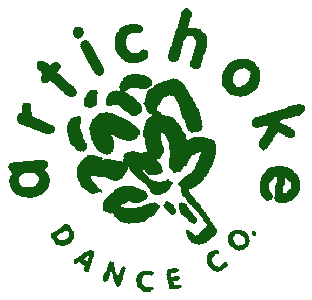Throughout the Covid19 crisis, national leadership could have acted otherwise. Mobilizing the production of personal protective equipment and mandating its public use nationwide, for example, may have had made a big difference in hospitalizations and deaths. Today twelve states are in the tipping point red zone, according to the Harvard University Covid Risk Level Map, warranting stay at home orders to contain the spread of the virus. Yet some states are not responding and continue with their reopening plans. As Professor Paul Roebber points out in his presentation on Covid and Climate Change, the rapidity of response exponentially effects outcomes on both fronts. (I highly recommend this brief yet eye-opening presentation.)
In the absence of comprehensive leadership, actions bubble up from the street. There have been responses from organizations and individuals addressing a variety of needs, from social to economic to health, both immediate and predictive. Virtual dance parties, music play and sing alongs, home cooking endeavors, and Artichoke Dance’s own #MoveWithMe have enabled social contact, creating needed psychological connection as people have grappled with the isolation of sheltering in place. Artist Relief Tree, The Foundation for Contemporary Art and others, understanding that many artists are freelancers and dependent upon work that has been canceled into the foreseeable future, committed funding for artists and arts organizations in a rapid fashion.
The Irondale Center opened their doors to Black Lives Matter protesters.
Food and supplies distribution are occurring through many channels, including through some arts organizations who have pivoted from their normal course of action to serve an immediate need.
This pivoting has also occurred in response to the Movement for Black Lives. Some organizations with physical buildings have opened their doors to peaceful protesters for restroom use and phone charging, and are distributing supplies, while others shuttered their windows with plywood. Why such different responses? And more broadly, what enables an organization to pivot its offerings to meet the needs of the time?
It is generally believed that smaller organizations have the ability to refocus their operations more deftly as there is generally less red tape. Smaller boards, if it is a non-profit as most arts organizations are, enable speed. Each staff member often plays multiple roles lending to flexibility in functioning. Funds, unless they are project grants, are not generally earmarked for specific programs so can be diverted. According to the results of a Grantmakers in the Arts survey, smaller organizations also tend to be more closely connected to their communities than their larger counterparts. They also have a more robust volunteer base and are more visionary and called upon to help solve problems in their communities outside of the realm of the arts. Because of their nature, smaller organizations often have the ability to, as blues musicians do, bend notes, whereas many larger organizations, due to their missions, boards, and structures, are mandated to follow a written score.
Though some smaller organizations refocused to meet the needs of the time, so have larger ones. Here in Brooklyn, JACK, a small performance space located in Bedford-Stuyvesant, became a food distribution center after canceling their scheduled spring performance season, a plausible pivot given the above research. But, so did the Mark Morris Dance Center, a sizable institution housed in a four-story custom-built building located down the block from the Brooklyn Academy of Music, which sits closed. As Black Lives Matter marches drew thousands into the streets, the Irondale Center, a 250-seat venue in Fort Greene, opened its doors to protestors, as did the Brooklyn Museum, one of the oldest art institutions in the country.
These examples indicate that size is not a main factor in community responsiveness or nimbleness, at least in the face of the coronavirus and the Movement for Black Lives. How is it, then, that some organizations bend their institutional notes, responding to the moment, while others do not, like the New Museum and the Whitney who boarded up their lobbies.
We know that the arts, beyond providing cultural and educational content, can serve as social connectors and, with the right lens, as a way of listening to a community. Might it be that those organizations responding to the needs of the moment have been employing this lens in their work? And might those organizations be displaying resilience, an allusive, much sought after ideal that arts organizations strive toward.
The New Museum with its doors shuttered.
Most arts organizations, in attempts to ensure stability, search for existing models and replicate or adjust them to their organization. Strategic planning is often mistaken for resiliency thinking and the models used provide a wrote way of doing something based upon common ground or the lowest common denominator. Rather than following or even building new models, organizations need to look at their individual circumstances, position, values and the culture, even micro-culture, in which they reside. Research at Virginia Tech points to three common causes for a failure to achieve resiliency: breakdowns in communication, failure to allocate resources appropriately, and a lack of clarity in decisions. If arts organizations want to achieve resiliency, they need to listen, be present and responsive, build bridges and partnerships, clearly communicate their values and allocate their resources toward furthering them. And they need to bend some notes.




